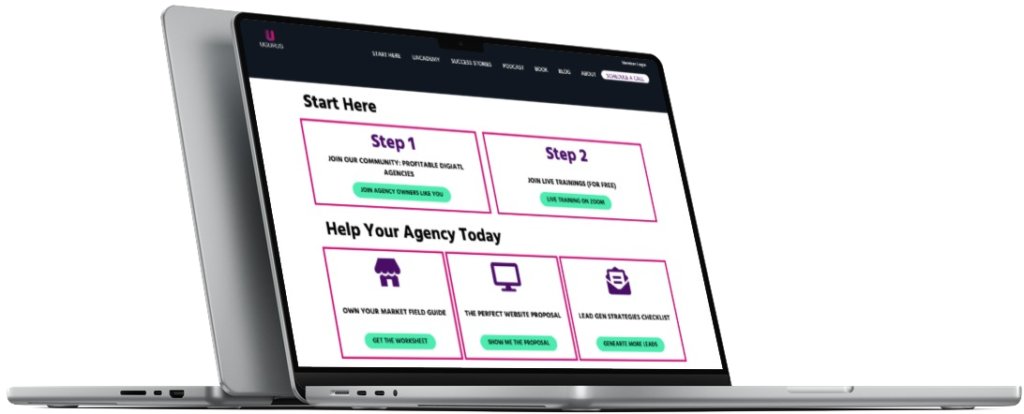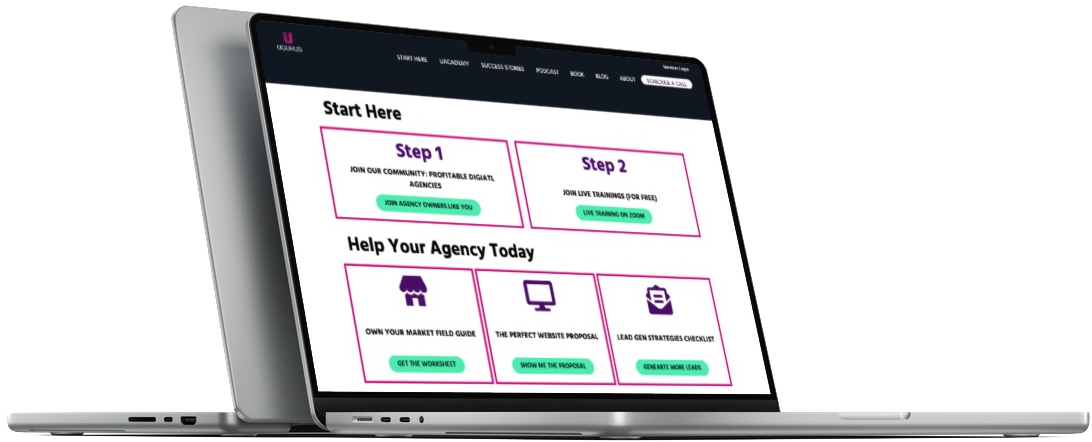The yellow pages are dead.
I’m not talking about the Yellow Page companies, their brands, and affiliates. What I’m talking about is the big yellow books of tree that get dumped on your doorstep. For years, these books were one of the only affordable methods a small business could use to advertise their location, inventory, and specials.
For the betterment of the entire globe, Google formed out of the search engine craze and made the enterprise of listing businesses a lot more efficient, accessible, and desirable. I will talk about search later on in depth, but for now I just want to highlight that there is an entire generation growing up today that will never use a yellow page book to find anything.
Why would they? And why would we, for that matter? We have the equivalent of thousands of yellow page books in our pocket. And our mobile phone only weighs a few ounces.
The major method used by millions of small businesses to make their names known doesn’t work anymore. People go online to find products, services, entertainment, dining, etc.
When I want a pizza, I search “pizza park hill denver.”
Google gives me a list of websites and some local listings (that don’t have websites). I like to check out menus and specials, so I only go to the listings that have websites.
Wait. What?
If I only go to the listings for businesses that have websites, I wonder how many other people do the same. I don’t think I’m an anomaly.
If you don’t have a website, your business might as well not exist to me (and to the billion other people that rely on the web as their primary method to find information).
It is no longer a fad or an option to have a business website. There is no valid argument for any company to say: “we don’t need a website, we are doing great.” Yeah, this month. Eventually someone out there will out position you, out market you, and take your customers using their website, social, email, and online ads.
There has been a fundamental shift in the consumer mindset to go online to find information about businesses before they recommend, visit, call, or order from them.
This shift has created a big problem for a lot of businesses.
When an entrepreneur builds a business in the world today, there should be one requirement going through his or her mind, above all else: “I need a website.” It doesn’t stop there though.
How many businesses are we talking about here?
There are over 27,000,000 small businesses in the United States.
We have revenue data on “employer firms,” which account for 6,049,655 of those companies. There are 4,641,727 active small businesses doing $100,000 to $19,999,999 in revenue each year. There are another 82,090 medium businesses doing $20,000,000 to $99,999,999 in revenue each year. And then there are 20,605 large corporate behemoths doing over $100,000,000 a year. Another 1,305,233 businesses, that I would consider to be “micro” businesses, are doing under $100,000 in revenue annually. These could be a variety of different structures: startup, tax partnership, home-based businesses, consulting gigs, etc.
Add on top of this the total number of new businesses entering the market every single year. The US SBA Advocacy estimates that around 800,000 businesses opened in 2011.
Then add a layer for that other kind of business called a non-profit organization (just because they don’t pay taxes doesn’t mean they aren’t operating a business). There are over 1,500,000 active non-profits in the USA. Revenue data on these organizations is a little more complicated, as Form 990s are not very regulated.
Expand internationally and the numbers get a lot fuzzier. Most countries do not maintain nearly the data that we do in the US. The short answer is a lot.
With all of these businesses needing websites, the market for website design, development, and marketing is huge. They need more than just a site; they need SEO, email marketing, e-commerce, apps, hosting, content management, customer databases, payment processing, social media, and online strategy consulting.
But many of these businesses don’t even have a website—or it’s not in working order. Here are the different states a business might be in:
- I don’t have a website at all.
- I tried making my own on a cheap or free hosting service and it is terrible.
- I made my own and I think its great (but it isn’t).
- I had one made by a close friend, family member, or relative and I can’t update it.
- I had a fly-by-night “pro” make it, but I can’t get ahold of him to make critical changes.
- I have a professional company that built my site and helps me manage it on a regular basis.
- I have a full-time employee that operates our site in-house.
Those last two states are the least common that I run into. There are so few businesses and organizations that have a great relationship with their web company/person, and an even smaller fraction that handle it all in-house.
Even when I run into a website that looks great and functions perfectly, I start talking to the business owner, and it always comes out that there is some problem with their web designer. Over the years we have gotten tons of business as a result of this unhappiness.
On a single street in Denver we have four different restaurant clients. If you used a thick marker to outline that street, and the couple blocks next to it on each side, that count goes up to six. You don’t have to go very far to find business in the website creation market.
Over my twelve years in the web pro business, I found the most success in targeting small businesses (< $20,000,000 annually) and non-profit organizations. They offer massive opportunity. But don’t play the calculator game (defined: a game where you pull out your calculator and begin to do ridiculous math as to the spoils you are going to conquer for extended periods of time, a time-tested waste that entrepreneurs indulge themselves with regularly—I know from experience). All I want to do is validate the fact that there is a big market for what you are interested in doing. And the reality is you don’t need many clients at all. You need a fraction of a fraction of a fraction to get your feet on the ground. A typical freelancer can make a decent living picking up about ten clients in a year—maybe even less if they know how to sell, build value, find the right clients, and manage them well. The problem is we aren’t properly trained to get and manage clients. There is very little formal sales or operations training required to be a web pro. There are very few large corporations in this business where one could go work and gain experience, before going off on their own. Most of the time we wing it. Trial and error until we figure out how to get those ten clients. It doesn’t have to be that way.
GET YOUR FREE AGENCY ACCELERATOR PACKAGE





